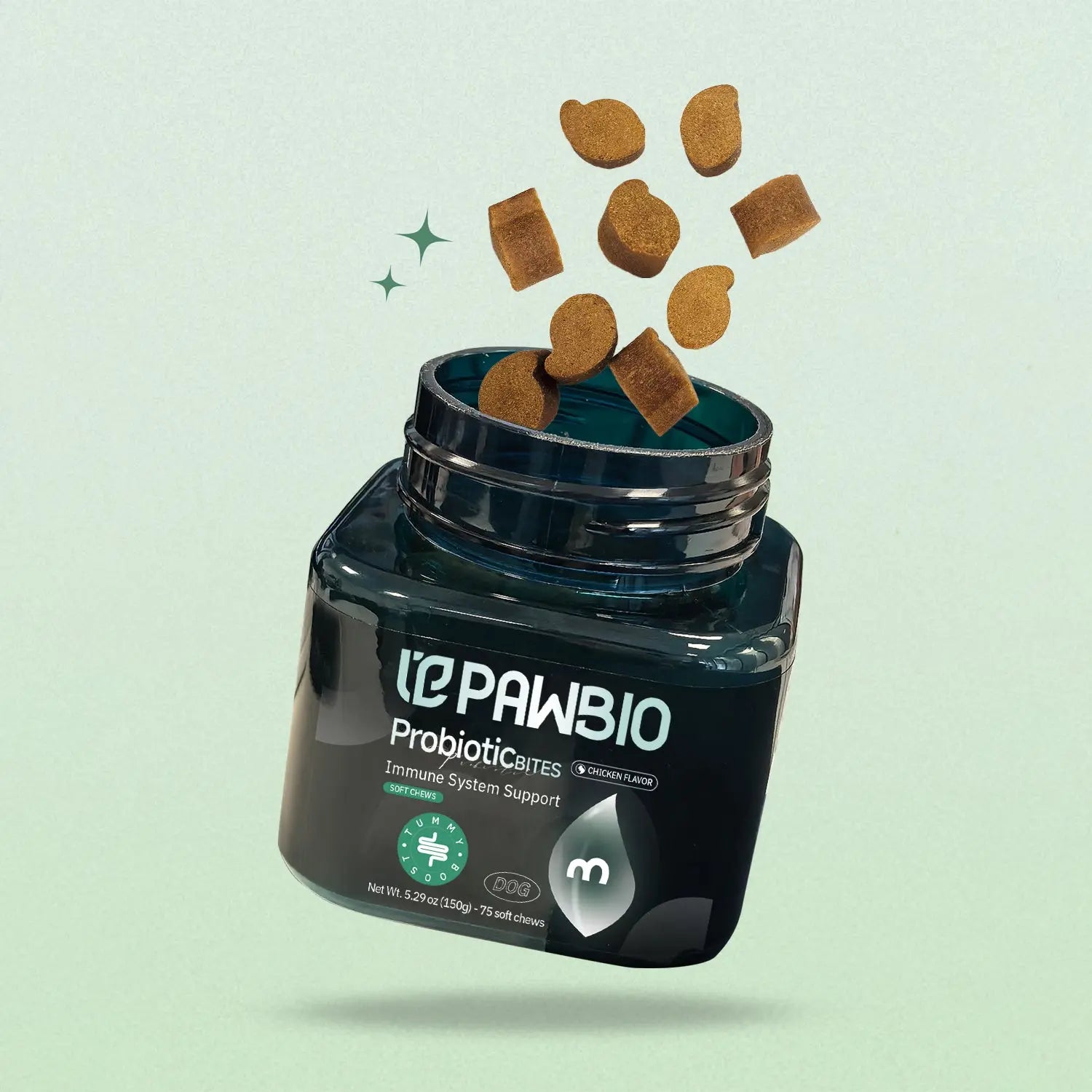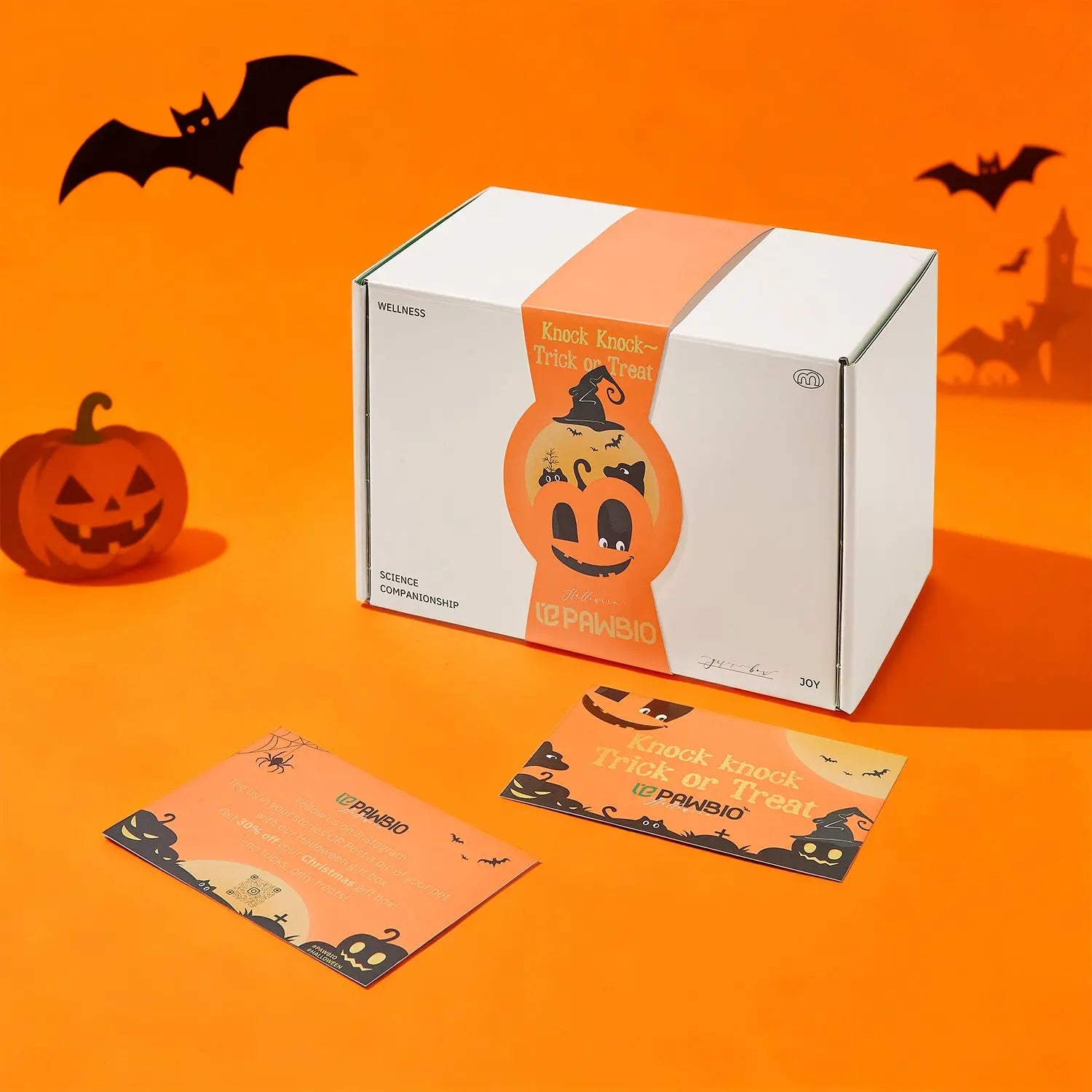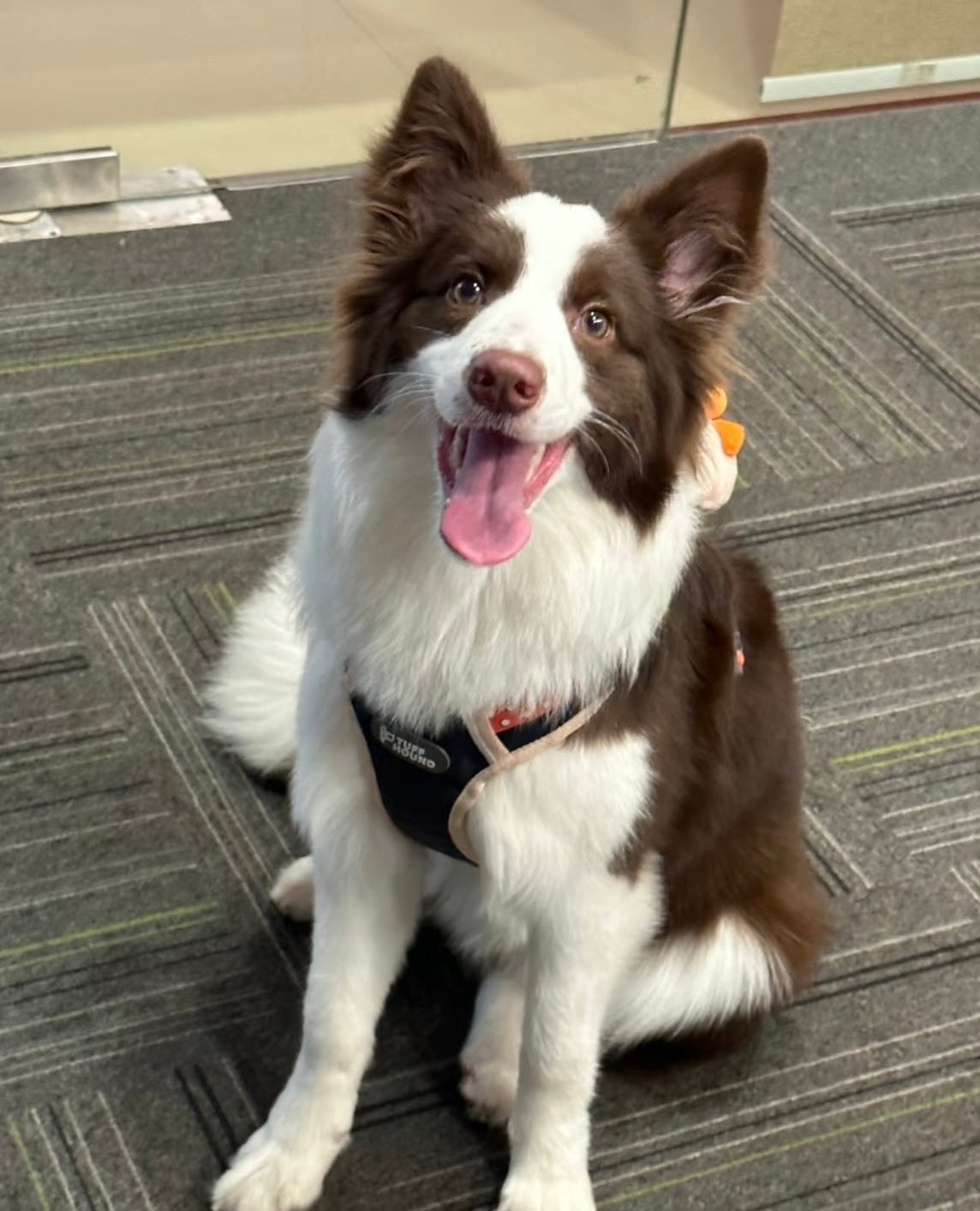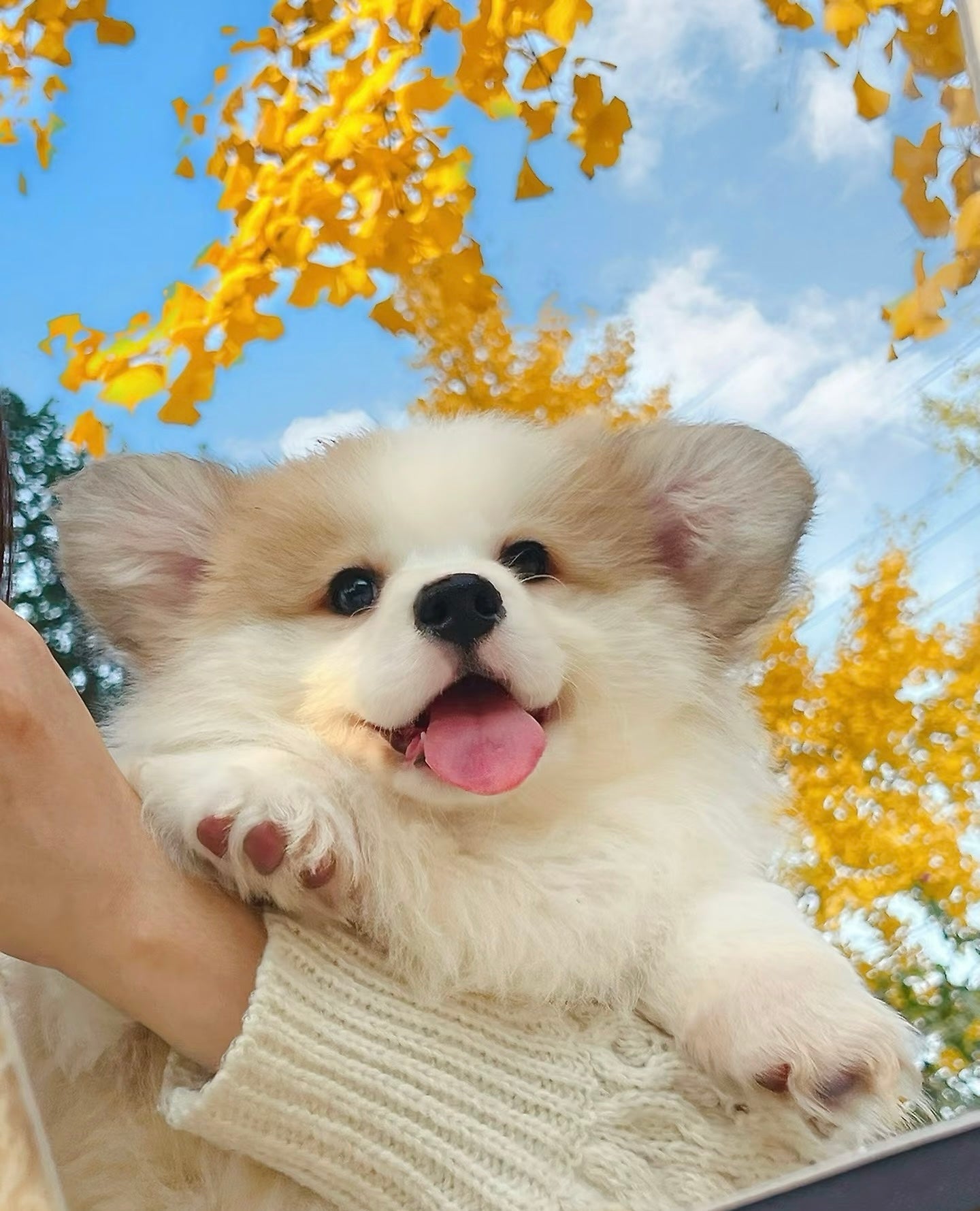
Anxiety in Dogs Isn’t Just “Clinginess”: What Your Pet Is Trying to Tell You
When I first adopted Luna, a gentle golden retriever with the softest eyes, I thought her constant shadowing was just affection. She followed me everywhere — from the kitchen to the bathroom — and whimpered whenever I reached for my keys. It felt sweet at first, like she couldn’t bear to be away from me.But soon, the signs grew harder to ignore.
The day I left for work and came home to a shredded door frame was the day I realized Luna wasn’t being “clingy.”She was anxious. Deeply anxious.
What Dog Anxiety Really Looks Like
Dog anxiety isn’t just about barking or trembling. It can be subtle — pacing, panting when there’s no heat, licking paws obsessively, or suddenly refusing food. Each behavior is your dog’s way of saying, “I don’t feel safe.
”According to a recent ScienceDaily study, separation anxiety and other stress-related behaviors can often be traced back to genetics, early life experiences, or inconsistent routines.
The Thicker The Heel, The Better
The American Kennel Club also points out that some dogs develop anxiety around specific triggers — like loud noises, thunderstorms, or even subtle household changes — while others show a more generalized pattern of unease.Some pet owners may notice subtle changes in their dog's behavior before they realize their dog is anxious.
For example, a dog hiding under the table while eating or pacing back and forth before bedtime may not be considered "strange behavior" but rather a silent attempt to seek help.
What’s Happening Inside an Anxious Dog’s Brain
Just like humans, dogs experience anxiety as both a chemical and emotional reaction. When a dog perceives a threat — such as being left alone or hearing a thunderclap — the amygdala, or fear center of the brain, triggers a flood of stress hormones like cortisol and adrenaline.
Over time, if these stress responses happen too frequently, the body forgets how to calm down. That’s why an anxious dog doesn’t simply “grow out of it.” They need support, structure, and sometimes or behavioral help to rebalance.
How to Help a Dog with Anxiety
- Create Predictability
Dogs thrive on structure. Set consistent feeding times, walks, and bedtime routines. Predictability helps reduce uncertainty — a major anxiety trigger. - Build a Safe Space
Whether it’s a crate lined with a favorite blanket or a quiet corner of the room, every anxious dog needs a “den.” Encourage them to rest there when they feel overwhelmed, not as punishment but as refuge. - Reframe Your Goodbye Ritual
Avoid long, emotional goodbyes. Leave calmly and return calmly. Overly dramatic departures can reinforce their anxiety about your absence. - Positive ReinforcementReward calm behavior
If your dog relaxes during a thunderstorm or waits quietly when you leave the room, praise them. Anxiety cannot be punished out of a dog — only replaced with trust.The ASPCA also recommends gradual desensitization: starting with short absences and slowly increasing duration so your dog learns that being alone isn’t something to fear.
The Turning Point
With Luna, I started small — just little moments of trust we could build together. I began by leaving for only two minutes, then five, then ten, each time making sure she was settled in her favorite cozy corner with a piece of my worn T-shirt. Its scent is a quiet reminder that I was never far away. Soft music played in the background, filling the silence with something gentle and familiar, and whenever she stayed calm, I rewarded her with a treat and calm praise.
It wasn’t easy. It took patience, weeks of quiet consistency, and the willingness to accept that progress doesn’t always move in a straight line. Some days felt like we were starting over, but even then, Luna’s trust grew in small, invisible ways.Gradually, her breathing slowed when I reached for my keys. Her eyes softened when I stepped outside. And one afternoon, I noticed something simple but profound — she hadn’t followed me to the bathroom in three days. That quiet moment of independence was her victory, one that echoed within me too.
What Anxiety Teaches Us About Dogs — and Ourselves
Helping an anxious dog isn’t just about reducing stress; it’s about deepening the bond of communication. Every moment we respond with patience instead of frustration, we tell our pets: You are safe. You are understood.
At the heart of Pawbio’s philosophy is that wellness goes beyond the physical. Emotional health matters just as much — and supporting it with empathy, structure, and natural, science-backed solutions can transform a dog’s life.
People Also Read
Have Any Questions?
We are here to answer all of your queries











